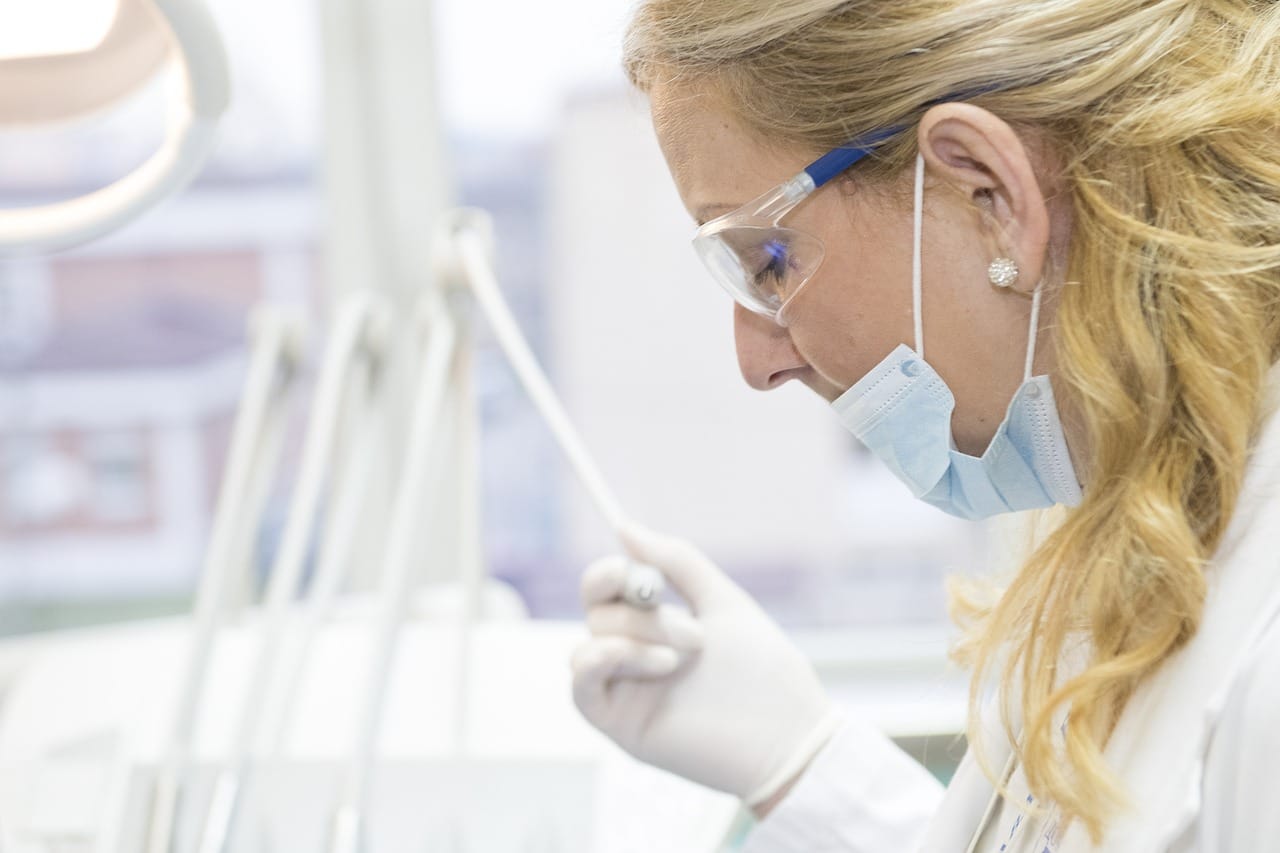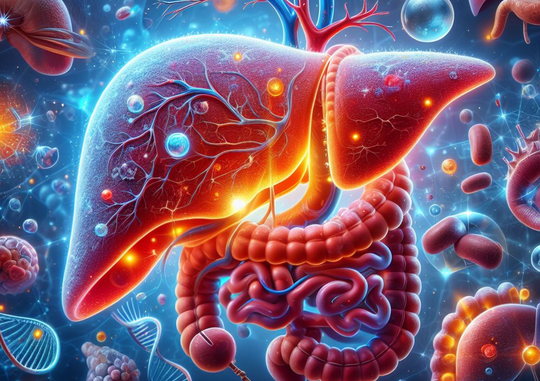This blog post will be a work in progress and be updated over time. Here I share some of the findings from clinical cases in relation to the blogs that I've recently published on red light therapy and dentistry.
Here are the articles so far. I'll update them soon:
My friend Dr Ana Paula Tanko, who is a dentist and oral surgeon, will give some of her commentary on using red light therapy with patients. I've summarized those results below:
Red Light Therapy For Dentin Hypersensitivity Before And After
Dr. Tanko commented extensively on my article about red light and dentin hypersensitivity. She is a dentist from Brazil and has 32+ years of experience in the field. She's also involved with photobiomomuldation or red light therapy. I've mentioned Ana in my PBM 2024 blog as well.
In my article I mentioned many different solutions, such as nutrition (vitamin A, D, E, K2, and minerals such as magnesium, calcium, and phosphorus), but also toothpaste with hydroxyapatite, and, of course, red light therapy.
Dr. Tanko has tried many of the tools I mentioned in my dentin hypersensitivity blog. Right now, she believes that the dentin hypersensitivity is created by bruxism, which people carry out either during the day and at night. Bruxism (teeth grinding) at night is an unconscious process, and will wear down the teeth over time.
Here's what Dr. Tanko stated about the cause:
"I can say with absolute certainty that dentin hypersensitivity is caused in the vast majority of the cases (around 90%) by the loss of enamel prisms in the cervical region of dental crowns, the so-called non-carious cervical lesions
These lesions must be restored with composite resin, and frm then on, if there is still any pain, they must be treated with photobiomodulation with the red and infrared laser.
Now, what is the main cause (interestingly around 90%) of the appearance of this loss of enamel prisms in the cervical regions of the teeth?
Teeth clenching activity. 99% of people clench their teeth during the day when they are nervous, running late, concentrating on some activity that requires reasoning, during physical activity, during stress, driving their car, etc. And these people do that without even realizing it.
During the night, they also clench their teeth during some phases that precede REM sleep.
Therefore, the correct treatment should be the use of protective plates for the teeth at night and self-policing this habit during the day.
Botilunum toxin is fully indicated for reducing the activity of the masseter muscle [which is found in your jaw], since it is usually hyperactive and consequently hypertrophic. And, this the authors of the scientific publications you quoted never mention, but this is extremely important.
Dr. Tanko further continues with a few things she disagrees about regarding the published literature. One example here is that patients with dental hypersensitivity are only affected by cold, not heat.
She continues:
"The fact is that the tooth has two distinct areas. One area is inside the bone (where the entire tooth root should be) and the other part is free (the dental crown - in patients with a healthy periodontium)
When there is tooth cleanching due to this anatomical difference between the area contained within the bone and the free area, the concentration of forces occurs precisely in the transition area, which is the cervical area of the crown.
This process damages the enamel prisms, exposes the dental tissue and the sensitive tubules, and displaces the liquid in the pulp during the flattening. The end result is pain here.
So, simply put, the middle part of the tooth, the cervical area, is affected mainly, through the pressure that is placed on the top of the teeth when you're grinding. The grinding then damages the structures in the middle of the teeth. Pain and hypersensitivity is the result.
The solution is to wear a mouth guard at night and be mindful of teeth grinding during the day. If the pain persists, red light therapy or lasers can be applied.
The great news here is that this solution should solve most of the dentin hypersensitivity issues I talked about. If not, you can always refer to my article: Dentin Hypersensitivity: Why Red Light Therapy Is A Game-Changer
Nevertheless, most dentists should be able to create a mouthguard. Anything non-toxic will do, although such materials may be harder to find, as some mouthguard contain BPA and other toxins.
Also, if you wish to contact Dr. Ana Paula Tanko, you can do so through Instagram, but she only offers treatment from São Paulo, Brazil.
Red Light Therapy For Periodontal Health
So here I got some super interesting feedback on my article The Remarkable Role Of Light Therapy In Periodontal Care by Dr Tanko. Thanks a lot for that! Let me paraphrase her argument - she's proofread it so this is her position:
Dr Tanko argues that if the maxilla or mandibular bones don't properly develop, the stability of teeth in the mouth will never be proper. As a result, teeth will losen over time. Loosening teeth often isn't a big problem in your 20s or 30s. But, come around the 40s - 60s, many people will start having (big) issues here.
The maxilla is the bone that supports your upper teeth, and the mandible is your lower teeth. In the case of problems in the structure of these jaw bones, often the teeth are misaligned in youth and adolescence. Frequently, there are also problems developing in the jaw itself over time.
So, the jaw will lose bone at some critical locations, and the result is a weakening of the supporting structure of the teeth themselves. And, you probably know, once you start losing teeth, the entire battle becomes even more complicated as other teeth will also increase risk.
But let's go back to the teenager with improper jaw structure or even someone in their 40s. Think about it: orthodontic interventions, in this case, don't solve the underlying problem of the jaw structure. Orthodontic interventions can even cause more problems in the long run because you're applying pressure to the teeth without ensuring a proper foundation for these teeth. More damage can then be done by orthodontic interventions in the long run, even though, in the short run, the aesthetic appeal may be better.
So, Dr Tanko's argument is that before orthodontic interventions are applied, screening should be done for the jaw structure and adjacent tissues. If not,
So what's the solution? Orofacial harmonization! By correcting the jaw structure, the teeth have a better ability to move to their proper place. Also, once the jaw structure is corrected, you'll get a much better success rate with orthodontic interventions - if they are still needed!
This process isn't just crucial for your oral health. Proper jaw structure is also super important for your ability to chew food, for instance, as people with jaw problems often avoid harder foods. Avoiding harder foods almost certainly has a detriment long-term. Next up, there are jaw problems themselves, such as the TMJ joint and the nasal passages, that can be directly affected. Facial aesthetics are also impacted big time, as is the risk of developing chronic pain somewhere in your oral, jaw, or facial region.
Below, I'll soon list a few case studies with direct evidence for this thesis:
Red Light Therapy For Dental Anesthesia (Coming Soon)
..
Red Light Therapy For Oral Wounds (Coming Soon)
..
Red Light Therapy For TMJ Disorders (Coming Soon)
..
Conclusion: Stay Tuned For More Updates
I'll keep updating this blog over time, with new suggestions from clinical practice, on how to counter a few different dental problems. I hope this blog helps you to make an informed decision!
The biggest problem with dentistry so far is that no-one seems to agree though. So there may still be some trial and error involved. Some of the dentists I've been following for years can't even agree on basic things like flossing. Nevertheless, there's no risk in trying different things and observing what sticks.
For instance, using a mouth guard or red light therapy in your mouth has an excellent safety profile for dentin hypersensitivity. And, most of the other methods I described there have excellent safety profiles without any health risk as well.
This is a post by Bart Wolbers of Light Therapy Insiders. Bart finished degrees in Physical Therapy (B), Philosophy (BA and MA), Philosophy of Science and Technology (MS - with distinction), and Clinical Health Science (MS), has had training in functional medicine, and is currently chief science writer.
This article is based on the work of Dr. Ana Paula Tanko. Dr. Tanko is educated in:
- Specialist in Dentistry, University of São Paolo USP.
- Dental Surgeon, MSc, Faculty of Health Sciences, Albert Einstein Hospital FICSAE
- Specialist in Orthodontics by the Academy of Military Medicine of the Brazilian Army HMASP
- Specialist in Orofacial Harmonization, Faculty of Dentistry of the São Paolo Association of Dental Surgeons
- Qualification in Laser Therapy, Faculty of Dentistry of São Paolo Association of Dental Surgeons
- Postgraduate in Dental Implants. São Paulo Association of Dentists APCD
- Master in Teaching, Faculty of Health Sciences, Albert Einstein Hospital FICSAE









